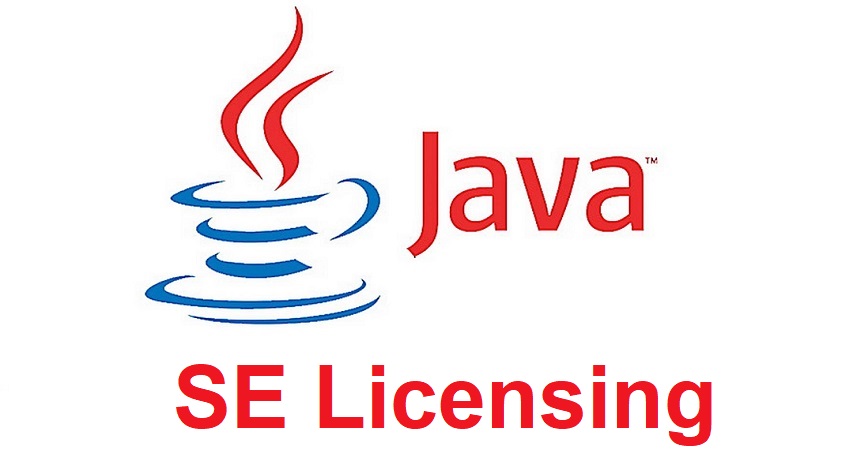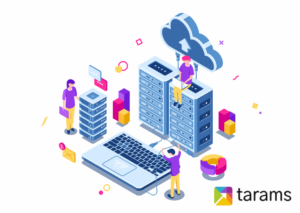In 2018, Oracle, a leading American multinational computer technology corporation, released a new pricing model for the Standard Edition of Java SE commercial. The company announced that in January 2019, the users of Java Open Source shouldbuy a license for them to receive updates. The news triggered many businesses to take a closer look at their Java Open Source usage and attempt to plot action plans for the Java development kit migration in 2019.
In this article, we’ll analyze every single little detail about Java SE licensing update and consider all the necessary factors to consider as the changes are implemented, including the parties that will be affected by the changes, the actions commercial Java SE users can do to stay compliant to the critical updates, and all the changes in general.
What Are the Changes to the Commercial Java SE Model?
Users have previously known three Java SE products, namely the Java SE Advanced Desktop, the Java SE Advanced, and the Java SE Suite. Before the changes, these three models required users to avail of upfront licenses and annual support. Just this January, those models were replaced by two new models, namely Java SE Desktop Subscription and Java SE Subscription, and they are subscription based.
The important changes include:
- New Java SE Subscription Pricing
- New Java SE Subscription Licensing Structure
- Changes to Public Updates
Which Parties Will Be Affected by the Changes?
Not only the legacy Oracle customers but also all the commercial Java Open Source Code users are expected to be greatly impacted by this change. The good thing about this change though is that customers who use the old Java Open Source Code models will not be forced to shift to the subscription model. Although the two models are the only Java Open Source Code options available for new customers in 2019 and perhaps in the coming years, old customers do not necessarily have to switch to them. However, there may be a number of different reasons to consider a switch. Considering this, it’s important for commercial Java SE users to be aware of the difference of the licensing and pricing.
If you’re using Java SE for non-commercial use under a restrictive scenario, you may have the right to use the Java Open Source Code without paying any fee. However, activating Java’s ‘commercial features’ requires a license. For this reason, it’s advisable to check that you are not using commercial features and that you are abiding by Oracle’s Java licensing policies.
What are the Details of the New Java SE Licensing Structure?
With the new model, you no longer have to purchase a license upfront and pay an annual fee for Java Migration. You will, instead, pay a monthly subscription under terms of one to three years for desktop or server licensing and support. Failure to renew the subscription after the given time period will result in the user losing rights to any commercial software downloaded throughout the subscription period and access to the updates of Java Migration SE and to the Oracle Support.
How Are Java SE Licensing Requirements Calculated?
In the new Java SE subscription models, customers get to choose between desktop and server deployments. Desktop deployments use a Named User Plus metric while server deployments use a processor-based metric to calculate the Java Migration SE license requirements.
The metrics above have the same definition as the standard Oracle technology products. However, NUP minimums still don’t exist. A number of desktop computers and laptops will most likely count NUP licenses in organizations.
What Java Licensing Looks Like?
To answer this question, the guardian should have the right data on the JDK environment. Here are some of the important questions to ask about Java licensing.
- Where was Java used?
- Where was Java installed?
- Which version of Java do you have in your environment?
- What are the applications that are integrated with Java?
- How many users are there?
The End of Oracle’s Java Public Updates
According to Oracle’s Java Updates Roadmap, the public availability of the updates will be open again in January 2019, and it did open last month. This means that Java SE 8 commercial users will not receive any critical update after last month, and this can put business operations at risk. In this situation, businesses can either purchase Java subscription licenses or completely move Java SE onto an alternative platform like Oracle OpenJDK or vice versa. The Oracle JDK to open source JDK migration involves using OpenJDK environment and making the open source migrationsuccessful.
Action Items
If you’re an existing Java SE user, it’s important for you to conduct internal assessments of your current Java development to not only ensure your compliance of the license but also determine if shifting to the new subscription model is more cost-effective.
If you want your requirements for commercial use to grow, you need to consider shifting to the subscription model. Should you switch, you are free to use the CPU or NUP based subscription. This is to determine which among the desktop or server-based subscriptions is better for your environment. Your choice depends on your licensing requirements.
If you feel like you need assurance for being a commercial user, it’s advisable for you to conduct an internal assessment. This is because of the organizations that run Java SE’s free version.
To secure your safety, let your legal team confirm that the Java licensing policies of Oracle allow your team to use Java SE without purchasing the commercial licenses.
Tips for Java Migration
Not all Java users know the ins and outs of Java migration, but experts know the right processes involved in Oracle JDK to open source JDK migration to make the open source migration smooth and successful with the open source Java development kit.
Before OpenJDK Migration:
Before the OpenJDK migration, it’s advisable to develop a continuous integration JDK environment to build a JDK source code online and run open source migration and unit tests against an open JDK environment.
It’s also ideal to prepare a list of dependencies with the use of build tools like Java development kit migration and then perform inventory analysis.
During OpenJDK Migration:
Conduct a performance test on your app that runs an open source migration. Make sure the performance test scripts have been appropriately updated when pushing the JDK source code online.
Also, thoroughly test any Oracle JDK to open source JDK migration and beware of the quirks with the algorithm of the memory management between the Java Development Kit Migration
After OpenJDK Migration:
Double check the Oracle JDK to open source JDK migration and the JDK environment if every aspect of the Java development kit migration has been successful.
The Java development kit migration is not an easy task – not even for the experts. Nevertheless, it’s a doable task that can be successfully performed with the right open source Java development kit.
We here at Tarams Software Technologies help companies migrate from Oracle JDK to OpenJDK. We understand the need of the hour and our in-house experts are always ready to answer your queries and assist you in achieving your business goals.




